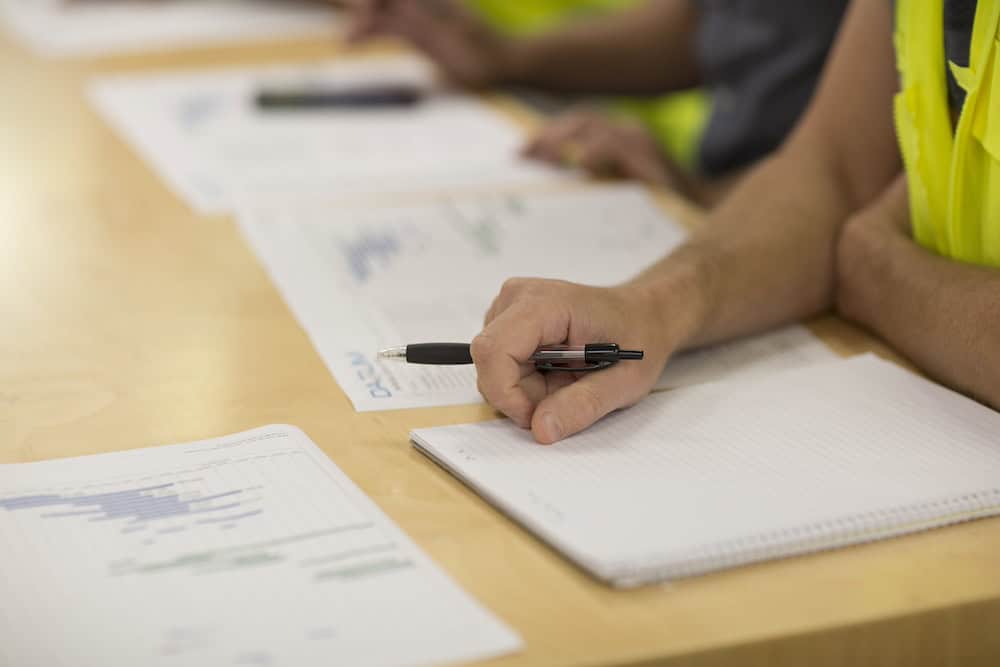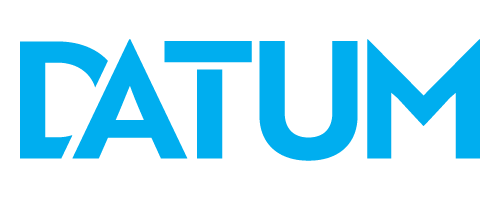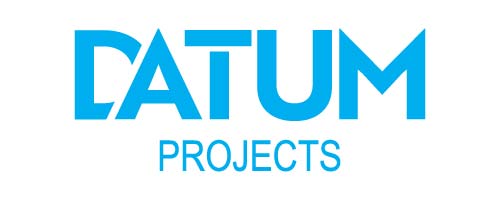
18 Nov The ins and outs of the tendering process
Tendering. It can feel like a bit of a minefield in this industry. There is so much to consider – from sifting out hidden costs to comparing quality with price tags – that it’s no wonder brands find it one of the trickiest parts of the entire fit-out journey.
We’re firm believers in transparency, something that we feel isn’t priorisited enough in this industry. So today, let’s get all our cards on the table – and walk you through our tendering process and what you can expect from draft to quote to delivery.
Quality over cost
Simply put, we always choose the best results over the cheapest routes to get there. Our expert team together has hundreds of years of experience in this field, and what we’ve learned is it’s always better for the client in the long run to have a great outcome – so we focus on delivering that first and foremost.
As our Commercial Manager, James Lawson, puts it, “Our goal has never been to be the cheapest out there. Of course we stay really cost competitive and focus on efficiency, but ultimately it’s about handing over the best solution to our customers.”
All-inclusive quotes
It’s common in the industry for some contractors to leave out certain elements in their initial submissions to keep the overall bids low. This might be installation costs, supply quotes, or anything else that will likely be required to finish your project that isn’t included in the tender. What this means for clients is that they have to add variations down the line – and end up spending more than they bargained for.
We take the opposite approach. Our quotes sometimes look a lot higher because we aim to outline every single cost up front, so our client knows exactly what to expect. James says, “If they’re in the drawings, we know we have the associated costs covered in that first submission.”
One of the very unique things about the Datum Promise is that if a detail is included in the scope, we will deliver it to standard within the quote. That commitment means that no matter what, our client’s budgets are protected.
Filling in gaps
We regularly get project drawings with missing details and specifications, particularly in areas like joinery. Fortunately, our in-house joinery team gives us a unique edge here: we can often pinpoint those gaps, assume what’s needed, and build in those solutions right from the start of our tendering process.
Of course, the best way to get the quickest and most accurate quote (to avoid variations down the line!) is to provide comprehensive drawings right from the start. James notes how clients, wanting to be as time-efficient as possible, rush through the drafting stage. “What happens when we get a submission with incomplete information is we start filling in lots of gaps. And while we’re happy to do that, it often means much more back-and-forth with the clients. This process usually ends up taking longer than if the client had spent a couple of weeks preparing a really thorough drawing.” So, if time is a priority – best to use it up in the drafting stage, not the tendering stage.
Cost-engineering
“We try to be proactive for the client – especially when it comes to finding better value for their budget,” explains James. “In an effort to save time and cost, we get creative – and try to offer a few different options to make the same outcome more affordable to the client.”
The way we do that is by building in value-engineering solutions to every submission. Here’s what that often looks like:
- Swapping out comparable materials to reduce supply costs. For example, a high-quality laminate in place of a veneer finish on cabinetry.
- Suggesting the most value-driven partners, designers or suppliers to suit a particular project (or sometimes we can lean on our suppliers to tighten up the cost).
- Offering in-house joinery supply.
Early engagement and setting expectations
A unique part of our tendering process is what we call “early engagement.” Clients sometimes come to us with only the most basic details, like a floor plan or a rough sketch concept. In these cases, we can provide a very high-level budget estimate, but of course this is subject to change depending on many different factors. These early engagement quotes can be extremely helpful to clients at the very early stages of budget planning and project forecasting – but it’s important to understand that this usually isn’t the final price.
James explains, “We emphasise communication at every stage of the project. It can be confusing to clients, especially if they’re working with multiple partners at once, to understand which quotes are firm, and which are only indicators.” If you’re working directly with us at Datum, you’ll always be clear about what you can expect.
Delivering confidence
We’ve developed our brand and our business on the core philosophy that quality and transparency will always win in the big picture. When it comes to our tendering process, we focus less on cinching contracts and more on building trust and delivering to the highest possible standards.
In our experience, that leads to not just the best fit-outs, but also the best experience for our clients (although there are definitely some clients who just want the lowest price – but when you win those tenders you always have to worry about what you could have missed!)
If you’re looking for a tendering process that will help you rest easy, then you’re in the right place. Contact us today to talk through your project, your budget, and your fit-out goals.


